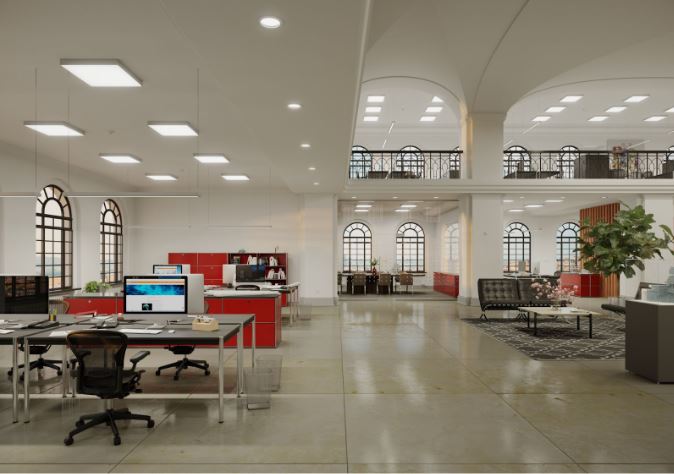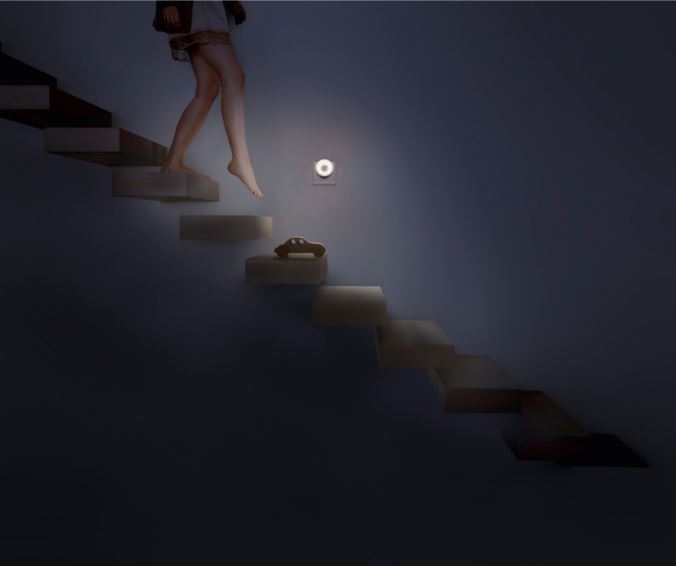LED backlight panel lights are revolutionizing interior lighting, offering energy-efficient, long-lasting alternatives to traditional fluorescent lighting. Widely used in office buildings, schools, and other commercial spaces, these panels provide uniform, bright illumination with improved performance. In this article, we’ll explore the advantages, design features, and common applications of LED backlight panels, helping you understand why they’re a great choice for modern lighting solutions.
What Is an LED Backlight Panel?
An LED backlight panel features LEDs positioned behind the panel's frame, emitting light through a lens that spreads the light evenly across a wide area. This design eliminates the need for additional components like guide panels or diffusers, as the lens itself helps reduce glare and ensure uniform brightness. These panels are typically installed in ceilings with adequate depth, offering excellent coverage for large indoor spaces.
The simplicity and efficiency of LED backlight panels make them ideal for general lighting in areas such as hallways, offices, and classrooms.
Common Applications of LED Backlight Panels
One of the main benefits of LED backlight panels is their versatility. These fixtures can be installed in various indoor settings to provide bright, energy-efficient lighting. Most commonly, they replace traditional fluorescent troffer lights, offering better energy efficiency and longer lifespans. Some of the most common locations for LED backlight panels include:
Office Buildings: Bright, consistent lighting for workspaces
Schools: Energy-efficient lighting for classrooms and hallways
Restaurants: Soft, ambient lighting for dining areas
Utility Rooms: Reliable illumination in functional spaces
LED backlight panels are perfect for spaces that require general, even lighting. They are typically not used as spotlights but rather for creating a well-lit environment across large areas. For added flexibility, you can choose dimmable options to adjust brightness based on the specific needs of the space.

LED Edge Lighting vs. LED Backlighting: What’s the Difference?
Both LED edge lighting and backlighting are popular choices for modernizing traditional ceiling fixtures. While they share some similarities, there are key differences in design and performance:
LED Backlighting: In this setup, the LED lights are placed behind the panel, providing uniform illumination across the entire surface. This design is ideal for general lighting in large spaces, as it ensures brightness from all angles.
LED Edge Lighting: Here, the LEDs are placed along the edges of the panel, with light diffused through the center. While this design was initially more popular, it is less efficient compared to backlighting, as it requires additional materials to direct the light properly.
Backlit LED panels tend to be more efficient and provide better light distribution, while edge-lit models may still be preferred for their aesthetic appeal or lower initial cost.

Why Switch to LED Backlight Fixtures?
Upgrading to LED backlight panels offers significant advantages, especially when replacing fluorescent lighting. LEDs use less energy, leading to lower bills and long-term savings. They also provide flicker-free lighting, reducing eye strain, and produce less heat, helping maintain a comfortable temperature in your space.
LED lights last 50,000 to 100,000 hours, reducing the need for frequent replacements and lowering maintenance costs. Additionally, they are durable and, with wet-rated options, reliable for high-humidity environments.Conclusion
LED backlight panel lights are a smart, energy-efficient lighting solution for a wide range of indoor applications. Whether you're outfitting an office, classroom, or restaurant, these panels provide uniform illumination, reduced energy consumption, and a longer lifespan than traditional lighting options. Upgrade to LED backlight fixtures today and enjoy a more sustainable, comfortable, and cost-effective lighting solution.



